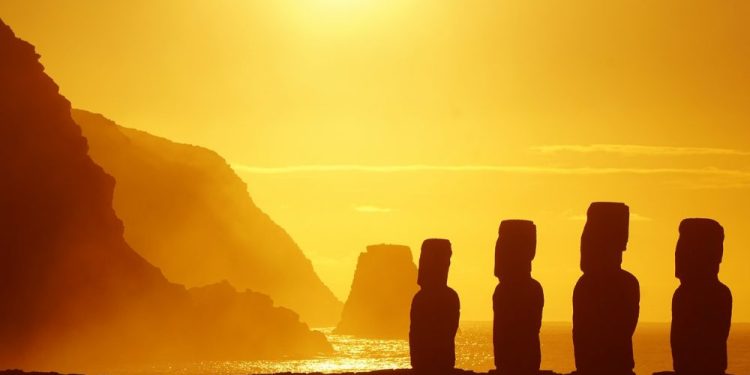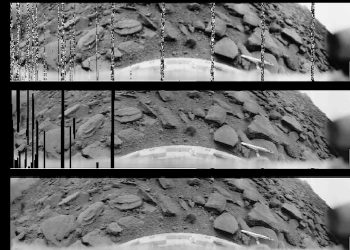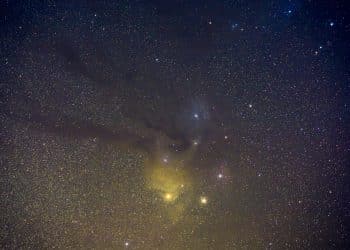A fire believed to have been intentionally cussed on the world-famous Easter island has irreparably damaged the iconic Easter Island statues. The fire destroyed more than 259 hectares of land. The island, located in the South Pacific Ocean, is home to some eight hundred ancient statues. Almost half the statues remain in a quarry located inside the Rano Raraku volcano. It was there, several centuries ago, that a Polynesian culture sculpted the gigantic pieces of rock. Fast forward to modern times, Easter Island (Rapa Nui in the native language) was declared a World Heritage Site in 1995.
Massive fire
A forest fire broke out on October 4 on the island. Weeks later – from October 17 to 21, 2022, the director of UNESCO Chile, Claudia Uribe, led a mission to explore and evaluate the consequences of what happened, according to the United Nations office in a statement. What experts found was devastating. Unfortunately, the result exceeded the first estimates in terms of damage. An area of approximately 240 hectares of burned pastures, with the crater, quarry, and the vicinity of the Rano Raraku volcano, was found to be the most affected. But what is perhaps most terrifying of all is that the flames deteriorated archaeological structures, including a total of 177 moai.
Intentional fire?
Mayor Pedro Edmunds Paoa explained that extremely high temperatures caused the ancient stone to burn. Instead of breaking “cracks” and over time “decaying, the fire produced an acceleration in the process of the stone turning into sand.” Mayor Paoa explained that the material and cultural damage “is irrecoverable, immeasurable as well.” Speaking about the cause of the fire, he and his team suspect that the fire was caused by horse and cow breeders who regularly burn pastures on the island. One of these fires likely got out of control and rapidly spread to the surrounding terrain.
What is perhaps even more saddening is the fact that Ninoska Huki, local head of the National Forestry Corporation (CONAF), admitted that there is no brigade to fight such fires. The issue, admitted mayor Paoa, was a lack of funds to fight such fires.
Have something to add? Visit Curiosmos on Facebook. Join the discussion in our mobile Telegram group.











